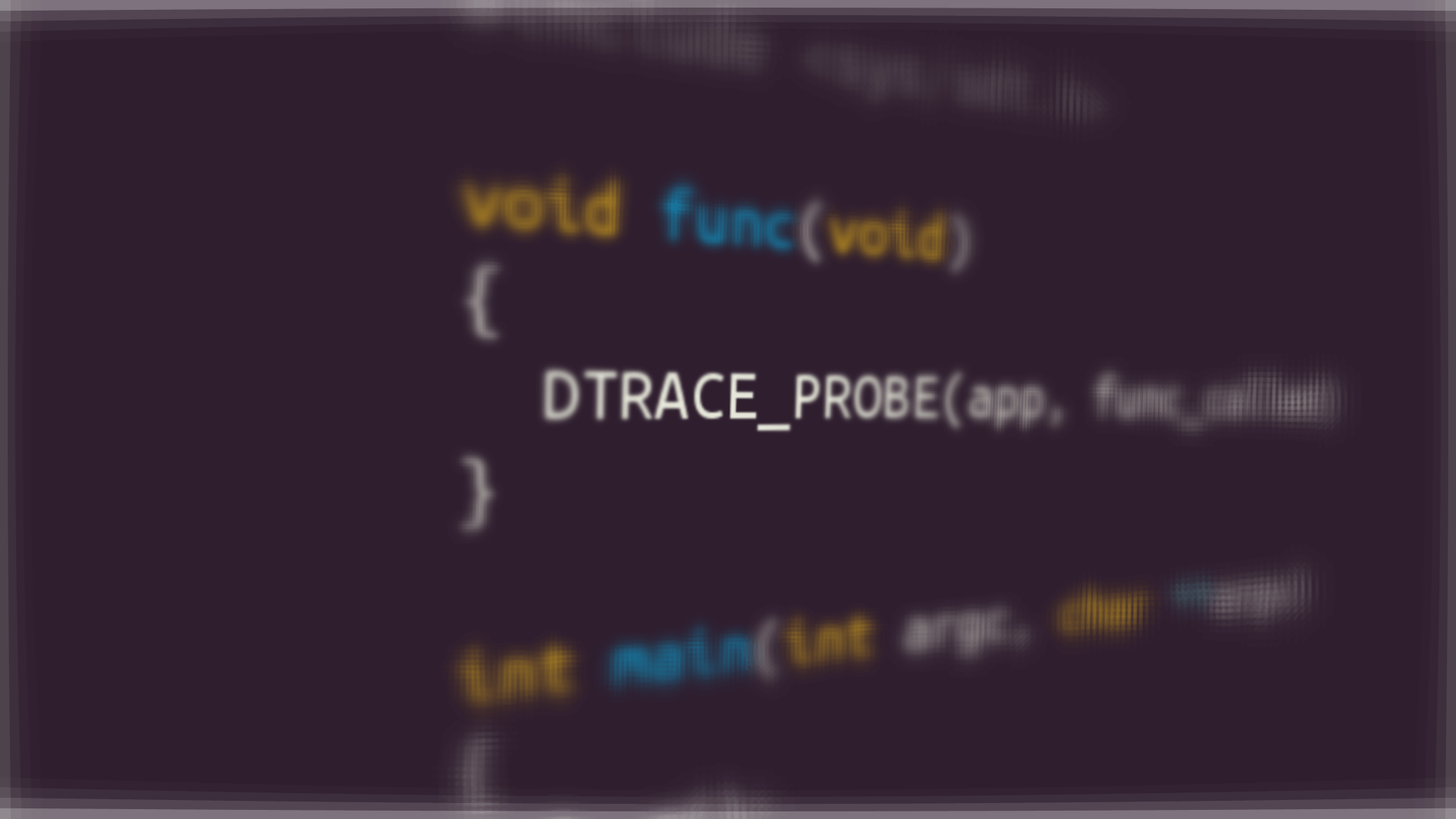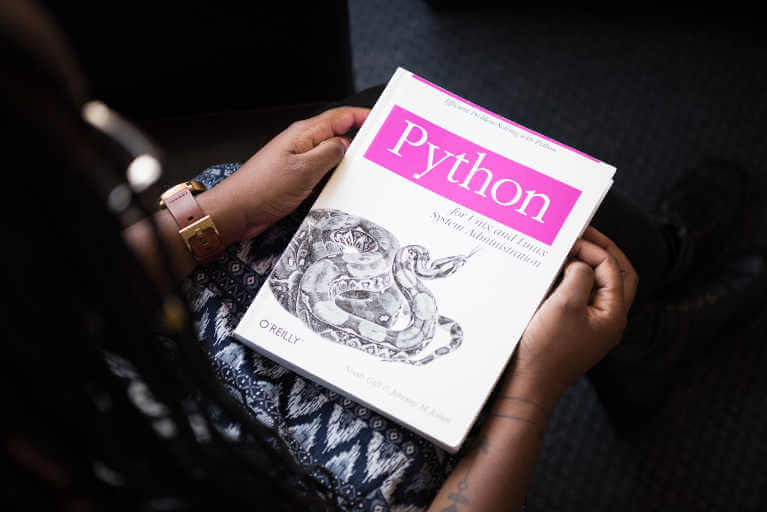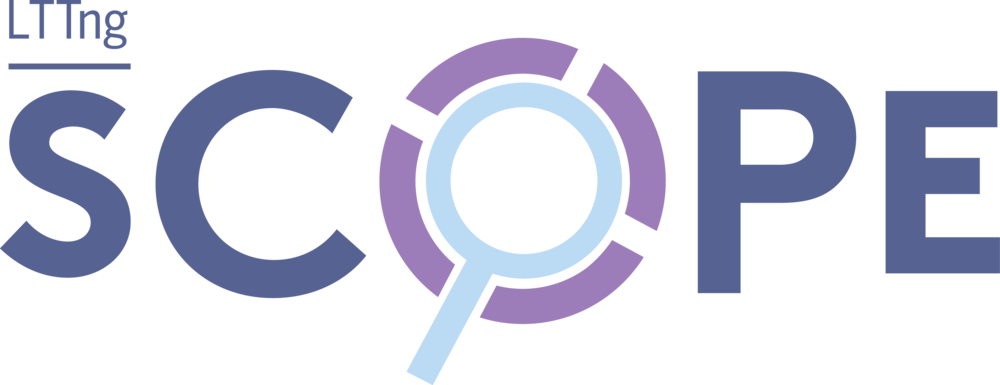The new dynamic user space tracing feature in LTTng

LTTng’s upcoming 2.11 release brings several exciting new features, including session rotation and user and kernel space call stack capture. This post takes a look at another new feature that's currently available in the 2.11 RC releases: dynamic user space tracing. This feature allows you to instrument functions in user space apps and shared libraries at run time by adding and removing user space probes.



